





 |
 |
 |
 |
 |
 |
| Jean-Marc MICHEL | profile | all galleries >> France >> La Rochelle | tree view | thumbnails | slideshow |
| previous page | pages 1 2 3 4 5 6 7 8 9 ALL | next page |
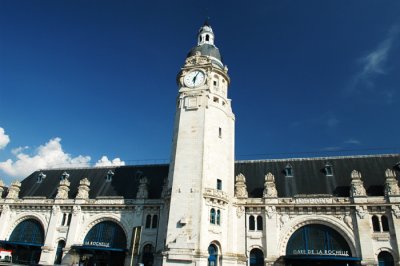 DSC_00001 |
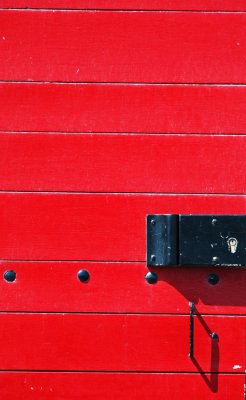 DSC_0001 |
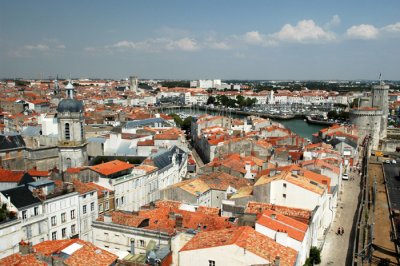 DSC_00066 |
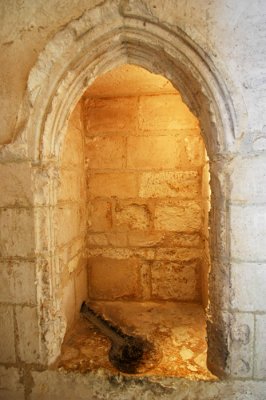 DSC_0107 |
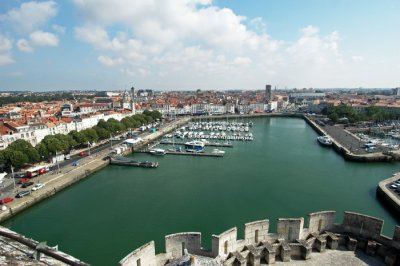 DSC_0127 |
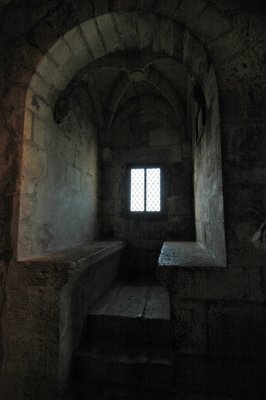 DSC_0121 |
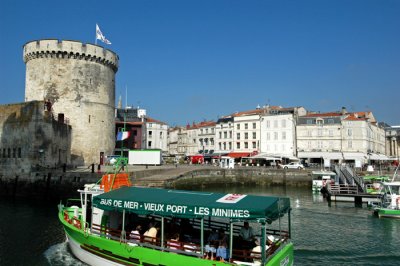 DSC_0097 |
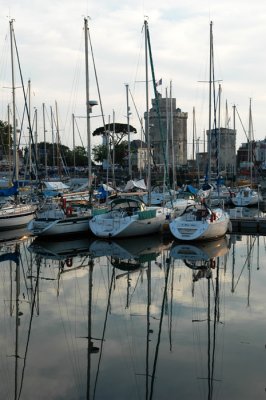 DSC_0052 |
 DSC_0068 |
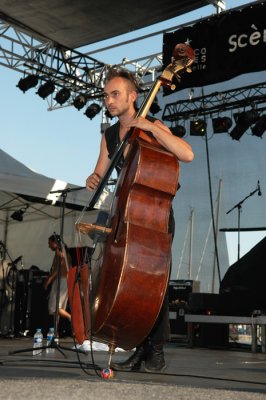 DSC_0026 |
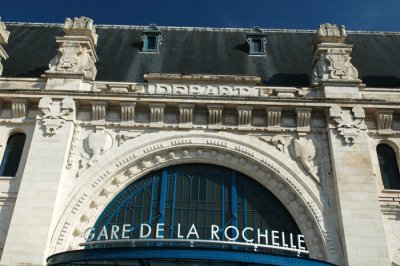 DSC_00006 |
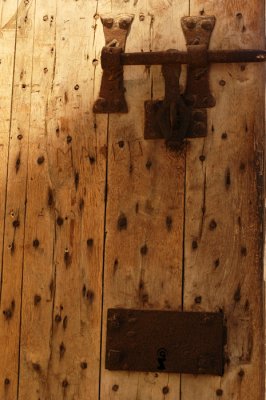 DSC_0111 |
| previous page | pages 1 2 3 4 5 6 7 8 9 ALL | next page |
| comment | share |
| Patrick DEBETENCOURT | 20-Jun-2009 17:09 | |
| andrea | 11-Nov-2008 19:03 | |